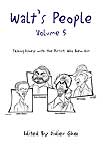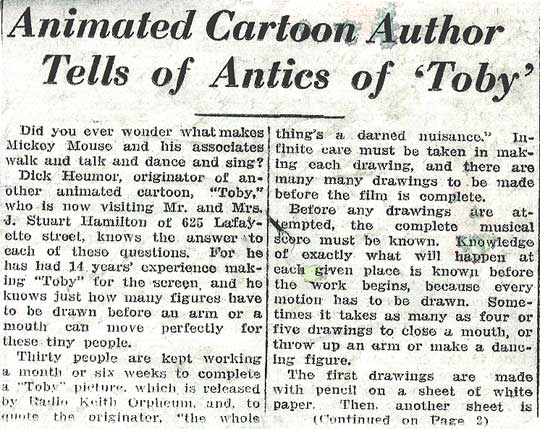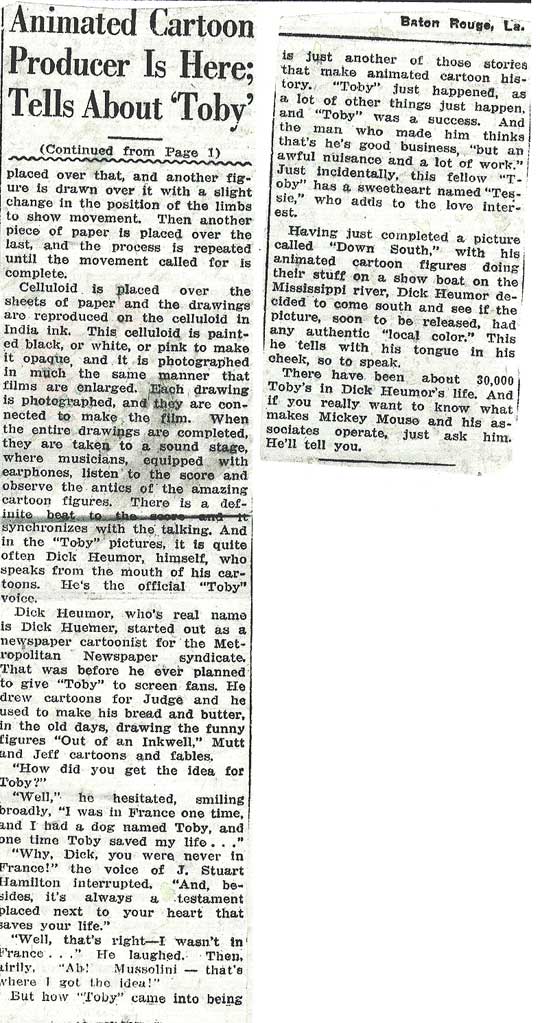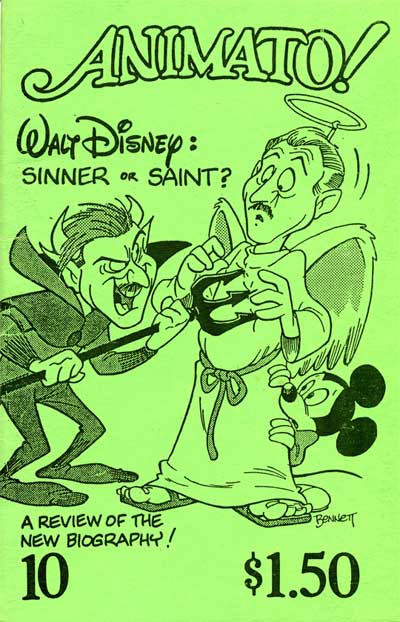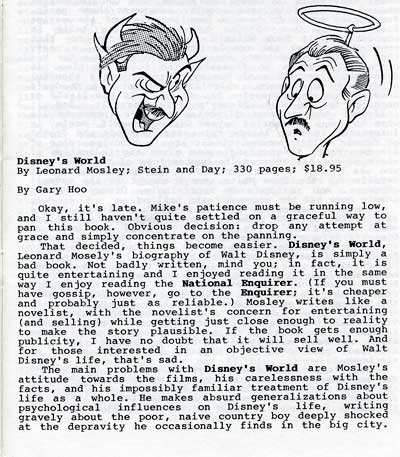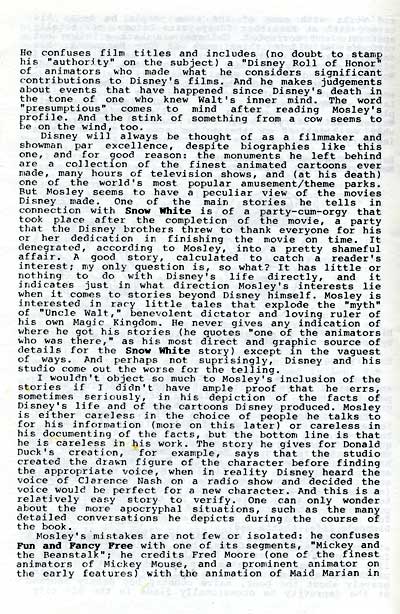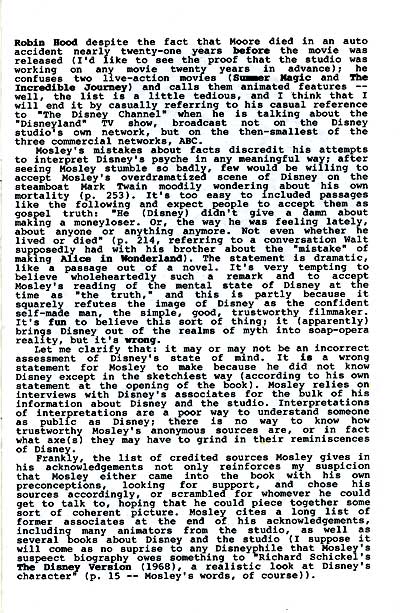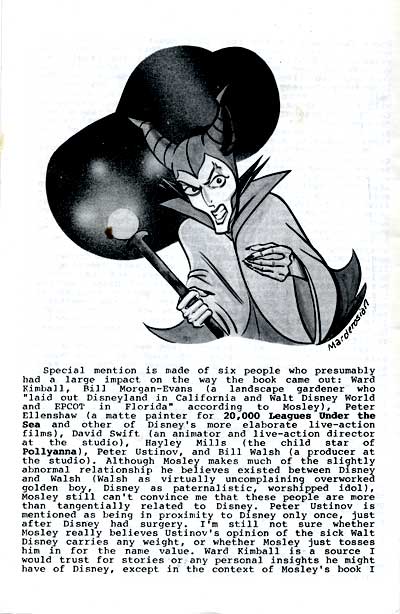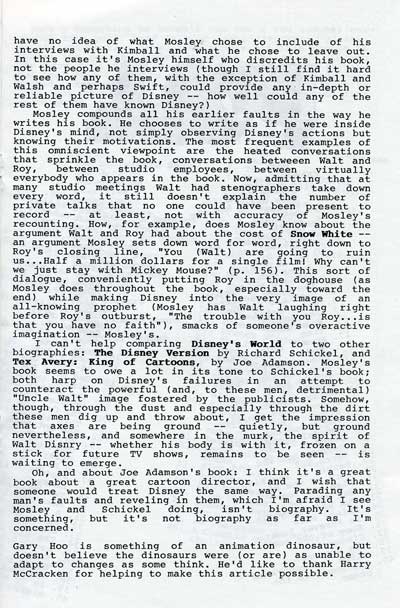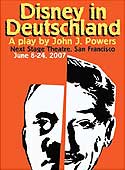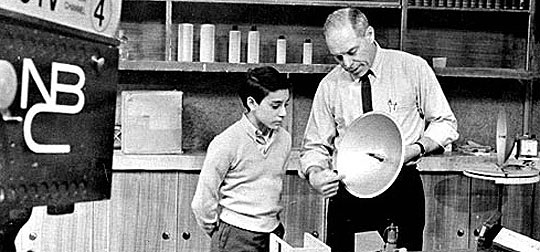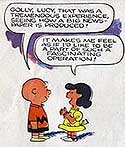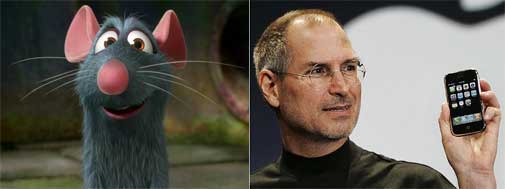
You gotta think that this Friday, June 29th, just might be the most significant day in Steve Jobs’ life. On one hand, Apple and AT&T will release the iPhone, a product that we already know will go down in technology history as one of the most-hyped ever–and which stands a pretty good chance of being as profoundly influential a device as the Apple II, the Macintosh, and the iPod.
On the other hand, Friday wil also see the premiere of Pixar’s Ratatouille. Jobs may no longer be Pixar’s owner and chairman, but as a Disney board member and the company’s largest stockholder, he has a lot riding on the film.
Me, I can’t wait to see Ratatouille; absurdly enough, I missed the sneak preview because I was attending a performance of Disney in Deutschland. But duty (in the form of my PC World work) is probably going to call–chances are I’ll spend my Friday evening attempting to acquire an iPhone…and, if I snag one, writing about it for our site. Ratatouille will have to wait until at least Saturday, and maybe longer.
Jobs has an iPhone and has presumably seen Ratatouille. I wonder how he’ll spend his weekend?

